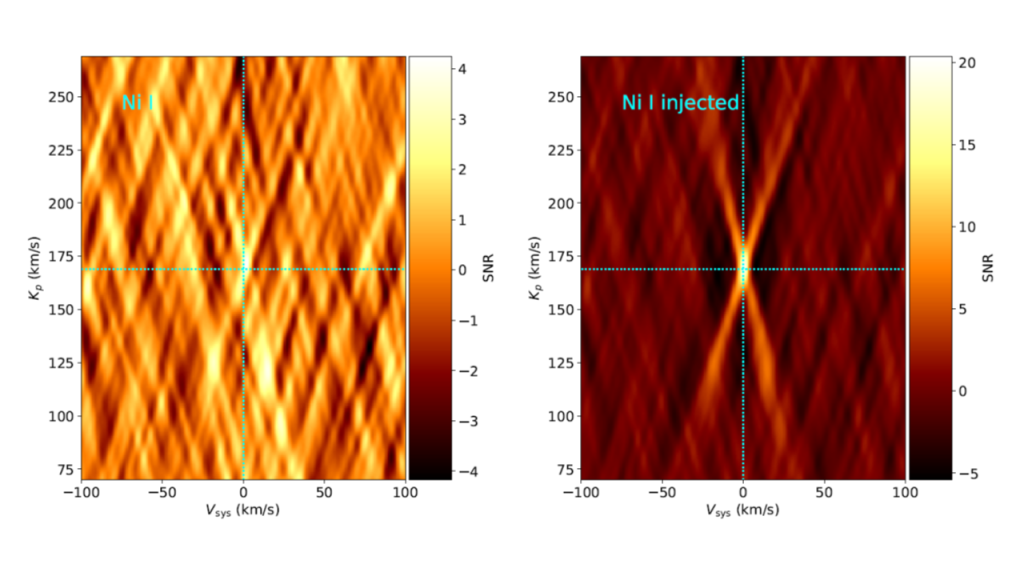Most ultra hot Jupiters (UHJs) show evidence of temperature inversions, in which temperature increases with altitude over a range of pressures. Temperature inversions can occur when there is a species that absorbs the stellar irradiation at a relatively high level of the atmospheres. However, the species responsible for this absorption remains unidentified. In particular, the UHJ KELT-20b is known to have a temperature inversion. Using high resolution emission spectroscopy from LBT/PEPSI we investigate the atomic and molecular opacity sources that may cause the inversion in KELT-20b, as well as explore its atmospheric chemistry. We confirm the presence of Fe I with a significance of 17𝜎. We also report a tentative 4.3𝜎 detection of Ni I. A nominally 4.5𝜎 detection of Mg I emission in the PEPSI blue arm is likely in fact due to aliasing between the Mg I cross-correlation template and the Fe I lines present in the spectrum. We cannot reproduce a recent detection of Cr I, while we do not have the wavelength coverage to robustly test past detections of Fe II and Si I. Together with non-detections of molecular species like TiO, this suggests that Fe I is likely to be the dominant optical opacity source in the dayside atmosphere of KELT-20b and may be responsible for the temperature inversion. We explore ways to reconcile the differences between our results and those in literature and point to future paths to understand atmospheric variability.

Read more: Petz, S., Johnson, M., Asnodkar, A. P. et al. 2023, MNRAS, in press (arXiv:2301.09352)
